Thinking about trying AI-assisted content creation? It’s the right time to do it.
In this digital age, AI-assisted content creation has become necessary for businesses to stand out from the crowd and generate user-friendly content.
As you know, creating original and quality content is a challenging task.
This process has numerous potential pitfalls, but AI can support you by automating various tasks and leaving only those requiring human insight.
With so many AI writing tools on the market, choosing the right one can be challenging.
To make things easier for you, we’ve compared two hot AI writing tools so you can make an informed decision when you finish reading this article.
Join us in our Wordhero vs. Rytr comparison, we’re taking off!
Wordhero vs. Rytr: Overview
Wordhero Overview

Wordhero is an AI-powered writing tool helping you create various types of content like blog posts, social media content, emails, etc.
It uses GPT-3 technology and offers more than 50 writing tools.
Wordhero: Ease of Use
Wordhero might not be as intuitive as Jarvis, but it is still relatively straightforward and not too complex to use. That doesn’t say there is no room for improvement to make it even more beginner-friendly.
Wordhero: Templates
Wordhero offers many different templates to choose from.
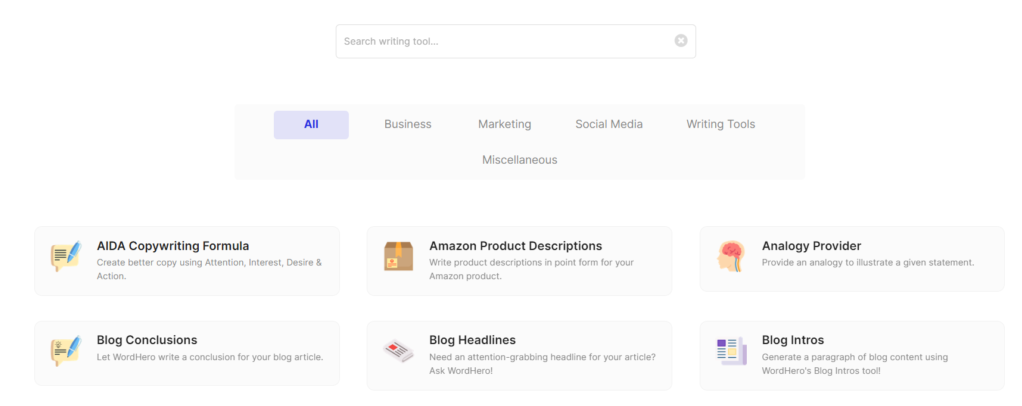
The good thing is that they are separated into the following categories:
- Business
- Marketing
- Social Media
- Writing Tools, and
- Miscellaneous.
This categorization makes the layout neat and makes it easier to find what you’re looking for.
Although many templates are standard, they offer more variety in terms of sheer number compared to Rytr.
Another difference when it comes to templates is that Wordhero has a Content Rewrite template and a Blog Intro template which Rytr lacks.
Wordhero: Features & Quality of Output
Let’s see how Wordhero stands regarding its features and quality of output.
Wordhero offers:
- Generator Mode to create different types of writing
- Editor Mode to speed up your content creation process
- Keyword Assistant adds your target keywords to your content
- Language Support in more than 100 languages
But how do some of these features look in action?
For example, if you want to use a Blog Intro editor and type the topic, you will get a few results.
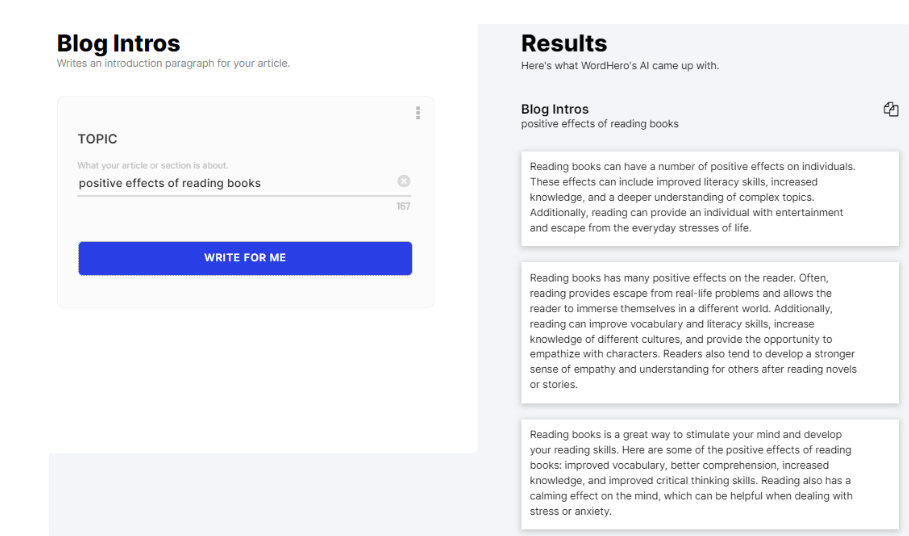
As you can see, they are of decent length. A bit of a shortcoming is that you can’t work directly on the one you choose, but you have to copy it and then proceed.
If you want to take it a step further from here and make your copy longer, you can use the Expand feature in the Editor tab.
This feature works really well because it naturally follows the previous text. Not only that, but it also provides the beginning of a new paragraph.
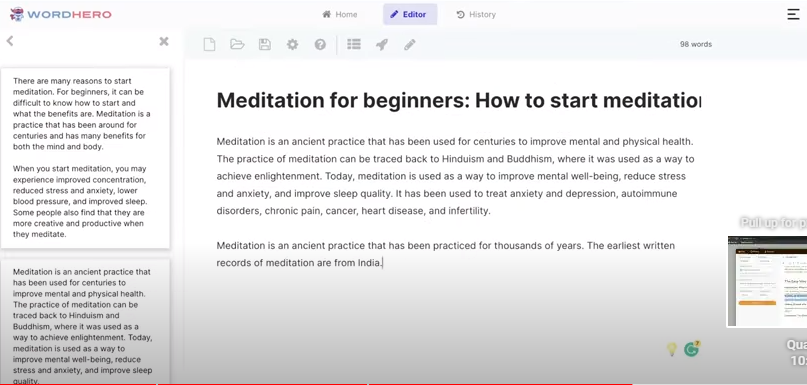
Wordhero also does a great job when it comes to the Outline feature. It provides a longer and more detailed outline compared to Rytr. In addition, it also offers more subtopics.
On the downside, you must copy each subtopic individually into your blog post.
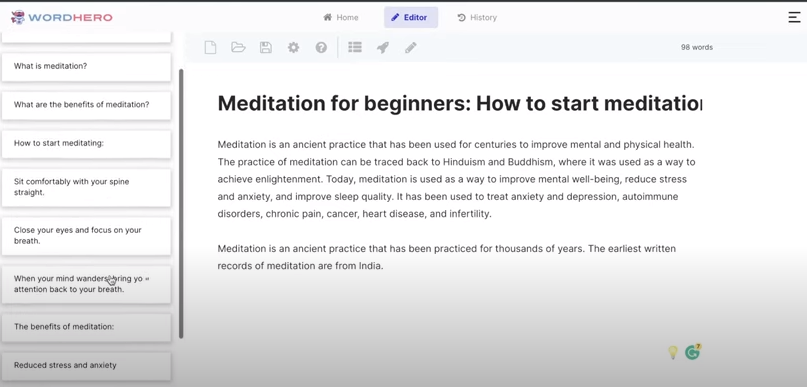
Another good thing about Wordhero is that it has an integrated proofreader.
Overall, Wordhero is a good tool for short-form content providing a great deal of templates covering almost every use case.
Let’s see what Wordhero’s pricing looks like.
Wordhero: Pricing
Wordhero has two Premium plans. At the time of writing this blog, they have a limited-time promotion for early access.
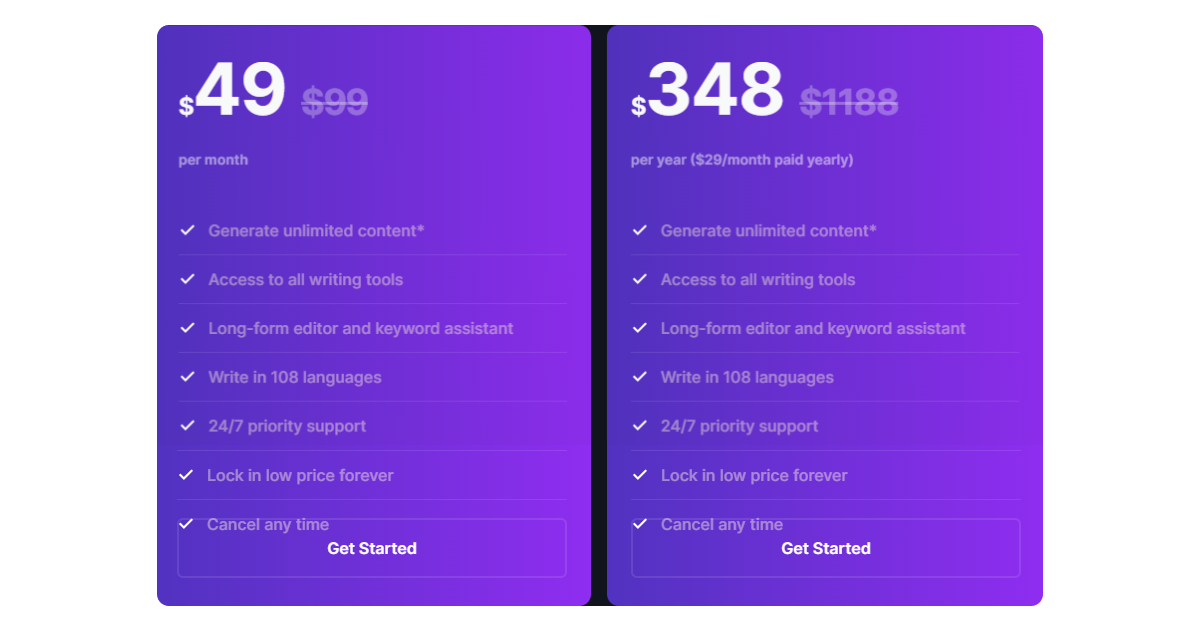
In the next section, we’ll go through Wordhero’s pros and cons.
Moreover, you’ll be able to see Writesonic’s scoreboard based on templates, features and output, UX/UI, and price so you can make an informed decision.
Wordhero: Pros, Cons & Scoreboard
Wordhero Pros
✅ Detailed outlines with subtopics
✅ Multiple languages
✅ A great number of various templates
Wordhero Cons
❌ Not suitable for long-form content
❌ Doesn’t have a free trial nor Free pricing plan
❌ Could be more beginner-friendly
Wordhero Scoreboard
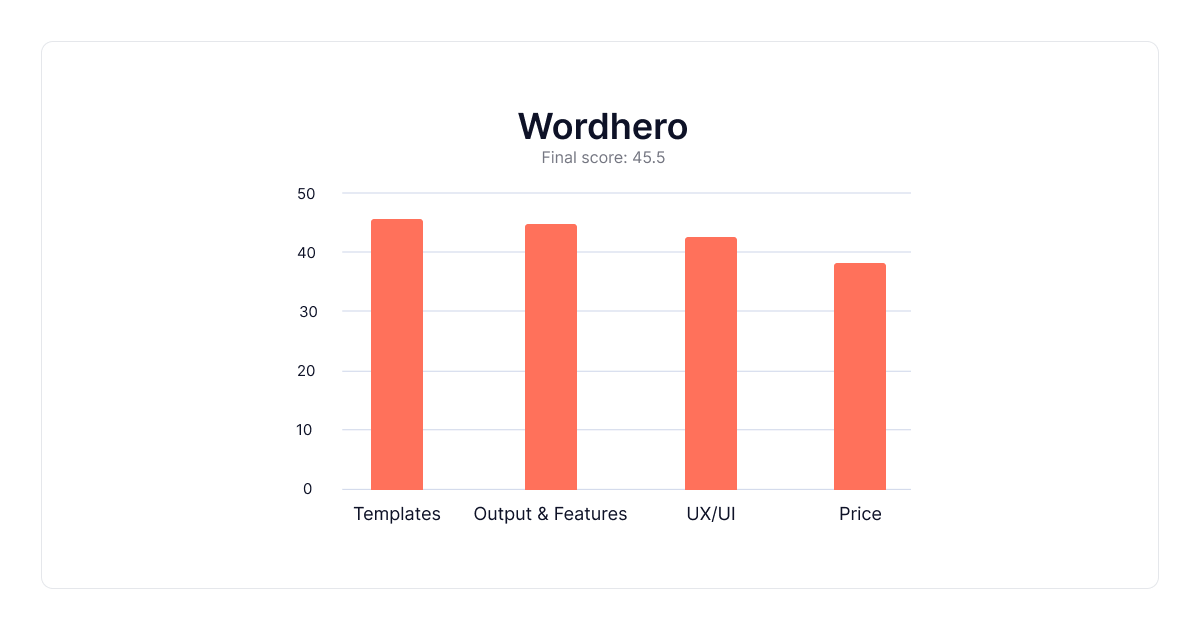
Let’s see what features and tools Rytr has to offer.
Rytr: Overview
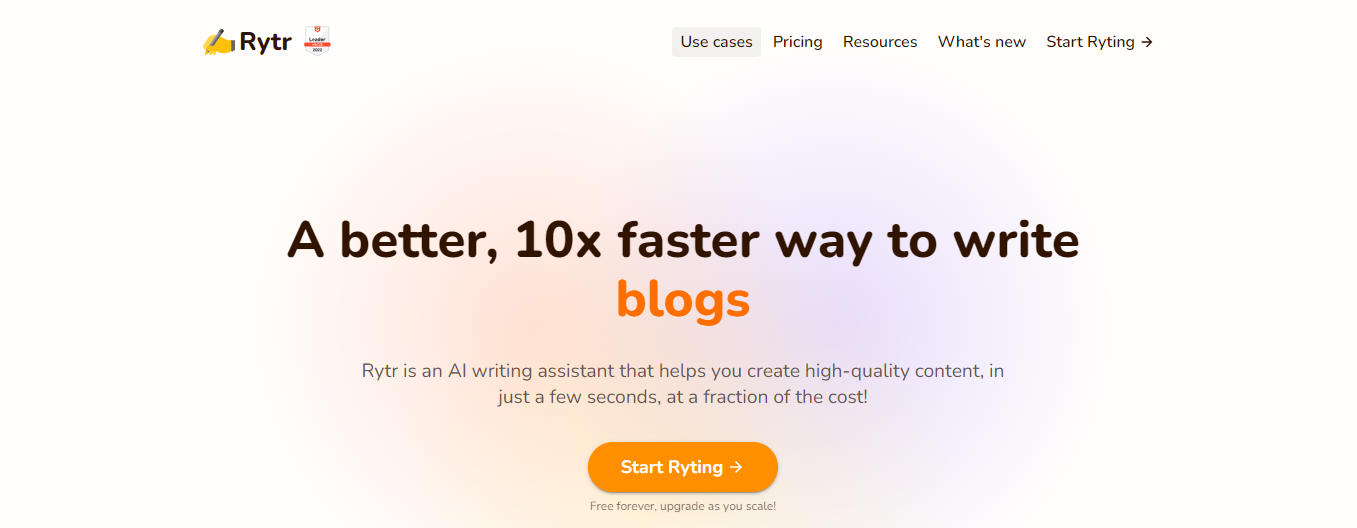
Rytr has been on the market for only a year, but it managed to stir the waters of AI tools by offering competitive prices, amongst other things.
It is an AI writing assistant that helps you generate blogs, email copies, ads, social media posts, product descriptions, etc.
Let’s see in more detail what Rytr offers and how it performs.
Rytr: Ease of Use
Rytr isn’t too complex to use, but it isn’t as intuitive as Jasper. It might take some time for beginners to grasp the tool fully.
Rytr: Templates
When you land on Rytr’s dashboard, you will see a dropdown menu with different templates for different scenarios. For example, you have templates for:
- Blog Ideas and Outline
- Blog Section Writing
- Brand Name
- Business Idea Pitch
- CTA
- Copywriting framework AIDA and PAS
- Cover Letters
- Keyword Generators
- Product Descriptions
- Social Media, etc.
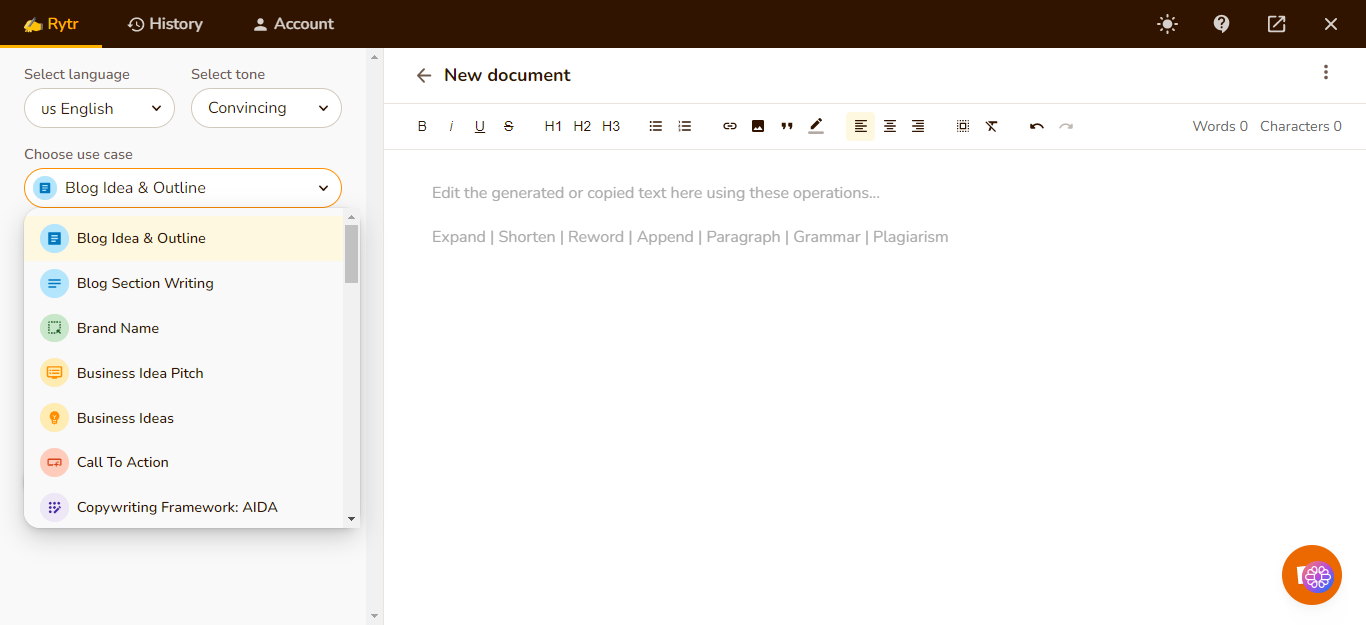
Compared to Wordhero, templates aren’t categorized, and there isn’t a Content Rewriter template. To be clear, you have it as a feature but not as a separate template.
In addition, although there are many templates, their number is lower compared to Wordhero.
And how will Rytr stand in the following section: Features and quality of output?
Rytr: Features and Quality of Output
Rytr’s dashboard has a clean layout, and all the tools you need are in the top bar.
In addition, when you highlight a sentence or a paragraph, Rytr offers rephrasing, generating paragraphs, expanding text options, etc.
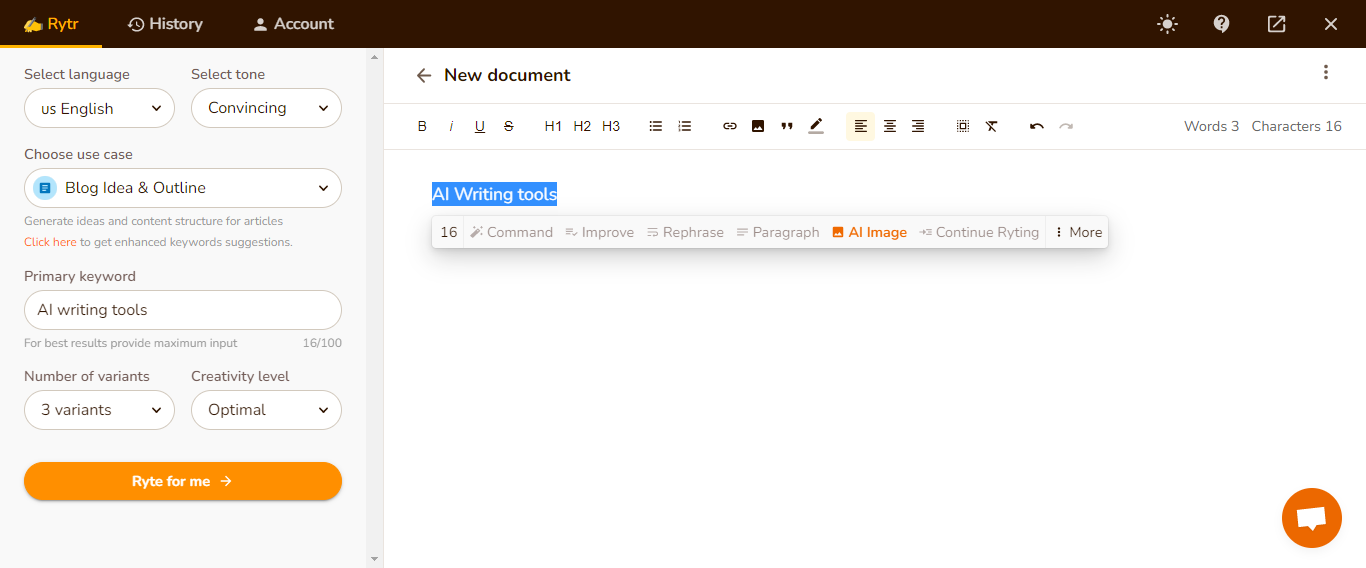
You can also choose between 1-3 variants of the output text and creativity level. In addition, you should provide a primary keyword for better results.
When it comes to long-form writing, Rytr provides a decent outline, but just like Wordhero, it isn’t lengthy.
In order to provide longer content, you need to use the Expand function multiple times.
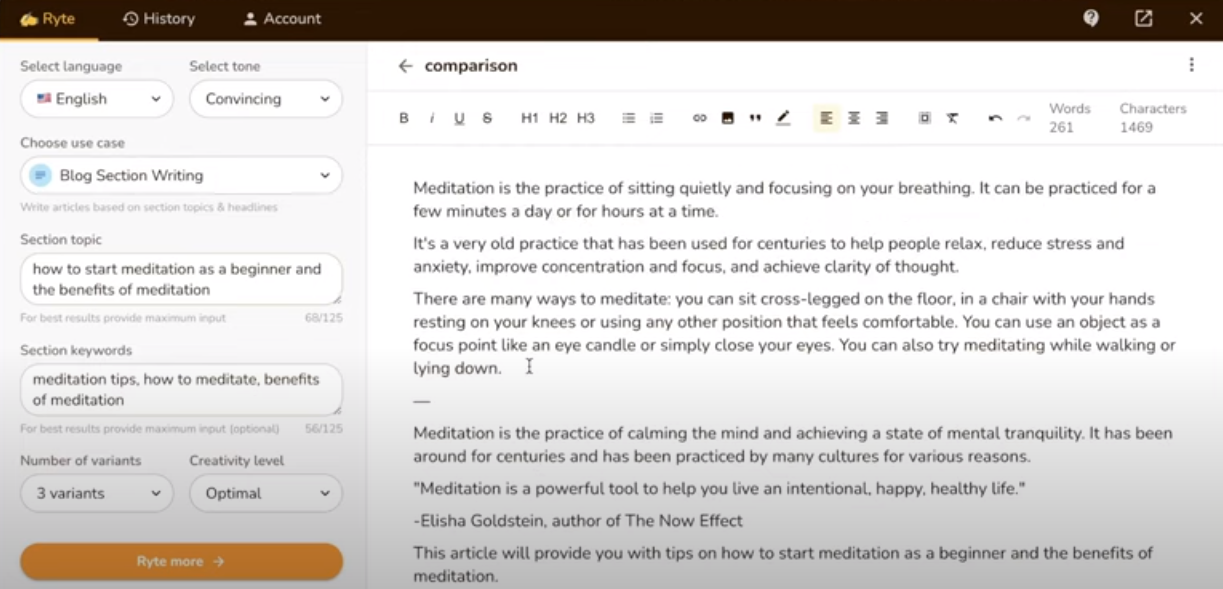
As a result, the outline isn’t always consistent. The sentences aren’t necessarily connected, and the outline is less detailed.
However, it does offer a conclusion outline, which is something Wordhero doesn’t provide with its Outline option.
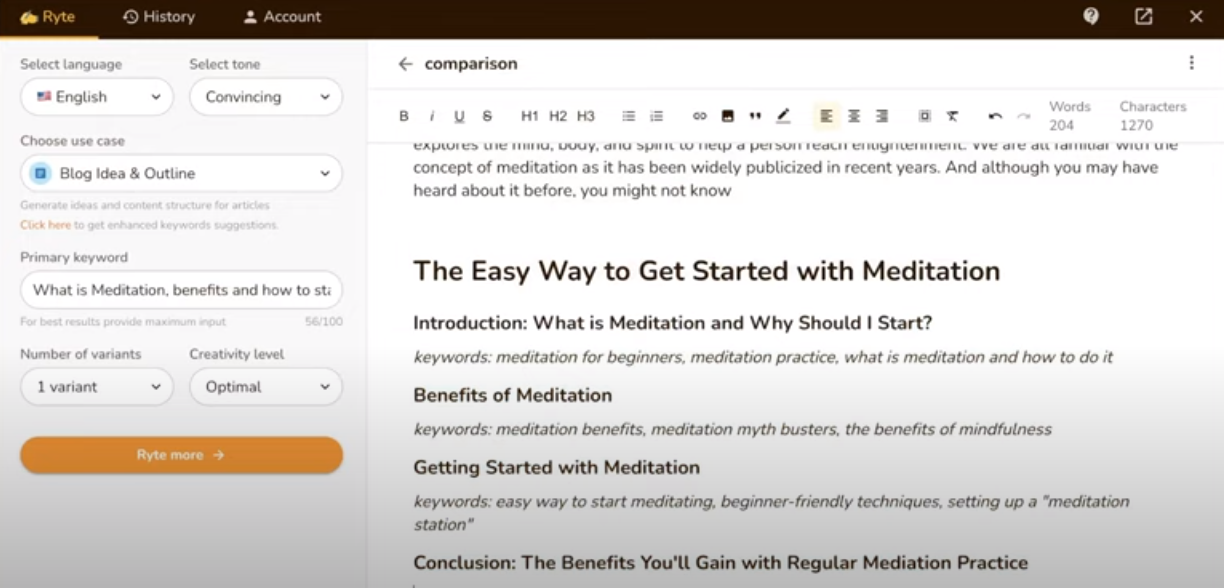
Rytr also lacks the Blog Intro Template, but of course, when you’ve written the intro, you can additionally sugarcoat it and rephrase it using Rytr’s features.
What’s more, there is an autocorrect and grammar checker option.
Rytr: Pricing
Rytr offers three plans, one Free and two Premium.
Compared to Wordhero, it is a better option if you’re paying monthly. And, of course, the added benefit is that you can first check it out, unlike Wordhero.

The best way to summarize our story about Rytr is to go through its pros and cons and the scoreboard.
Rytr: Pros, Cons & Scoreboard
Rytr Pros
✅ Generates a wide range of short-form posts
✅ Multiple languages
✅ Affordable price
Rytr Cons
❌ Not suitable for long-form content
❌ Limited use-cases (only 32)
❌ Content is not always consistent
Rytr Scoreboard
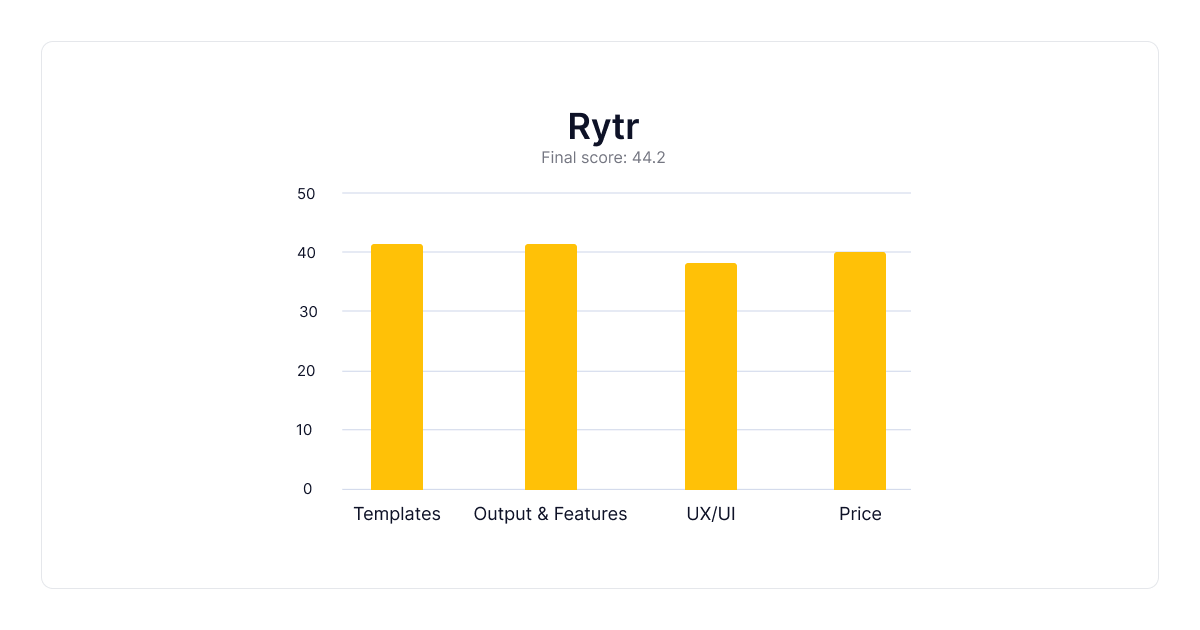
Wordhero Vs. Rytr Comparison: Final Thoughts
Both Wordhero and Rytr are decent tools that can get you a long way when it comes to short-form content.
However, like every tool, they also have their shortcomings. Furthermore, these shortcomings hugely depend on what you want to achieve with these tools.
For someone, having no free trial is a deal-breaker. On the other hand, it might be a few use-cases for another person.
Then again, for someone else, it might be the inability to generate long-form content with these tools.
And since long-form content is the area where both writers and marketers struggle the most, it is good to know that there are AI-powered writing tools that enable you to create such content.
Thus, if you are considering trying out a tool like this, we suggest TextCortex.
What sets Textcortex apart isn’t just the capability to create long-form content. Textcortex is also specific because it is based on the use-case models, providing more filtered and, therefore, more precise output.
In addition, it helps create less robotic and more natural pieces of content.
So what are some of its main features?
- Rephrase and paraphrase feature - Saves time and lets you create multiple outputs to vary your writing.
- Summarizing feature - Helps in staying relevant and consistent without sacrificing quality.
- Expand Feature - Provides richer output by adding extra information.
- Transform bullets to email - Select a few bullets and watch them transform into an email.
- Tone changer - Varies and adjusts the tone of content depending on its purpose. There are more than 10 variations.
It is also worth mentioning that TextCortex has both a Chrome extension and a web app enabling you to work within every textbox. And that’s not all.
You can access more than 60 templates divided into the following categories:
- General
- Article and Blog Writing
- Ads and marketing tools
- Social
- Website Copy
- eCommerce
As of lately, TextCortex introduced a very useful tool - a Readability Checker that provides writing statistics like word count, reading time and character count.
Do you want to give it a try?
Download the Chrome extension so you can create content faster and better.
.jpg)
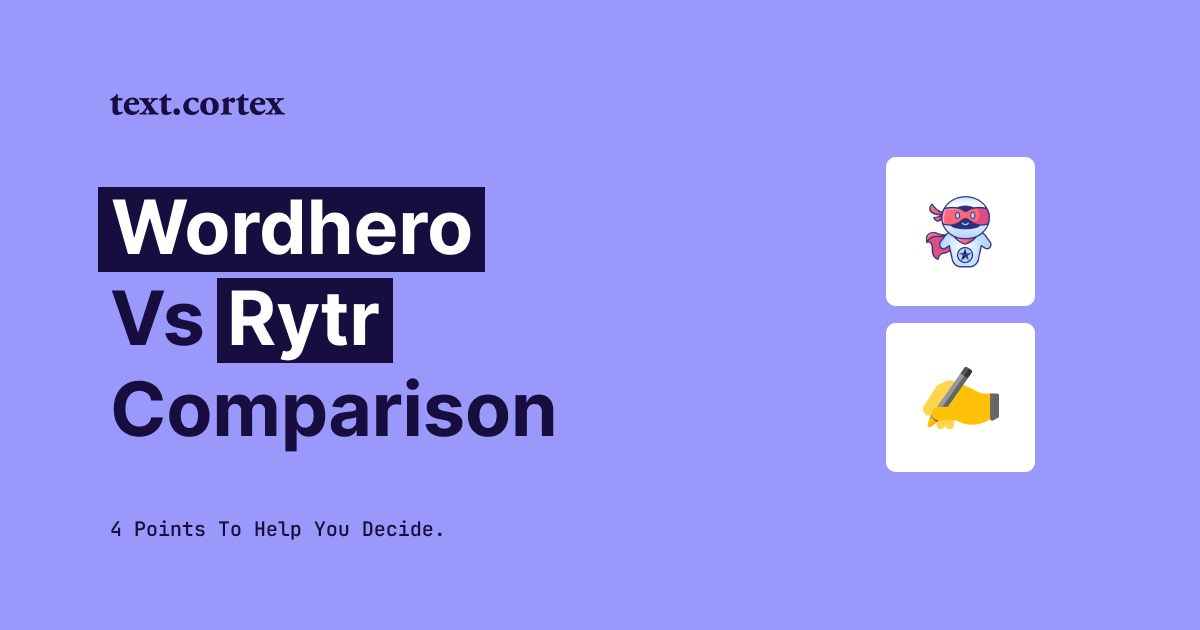
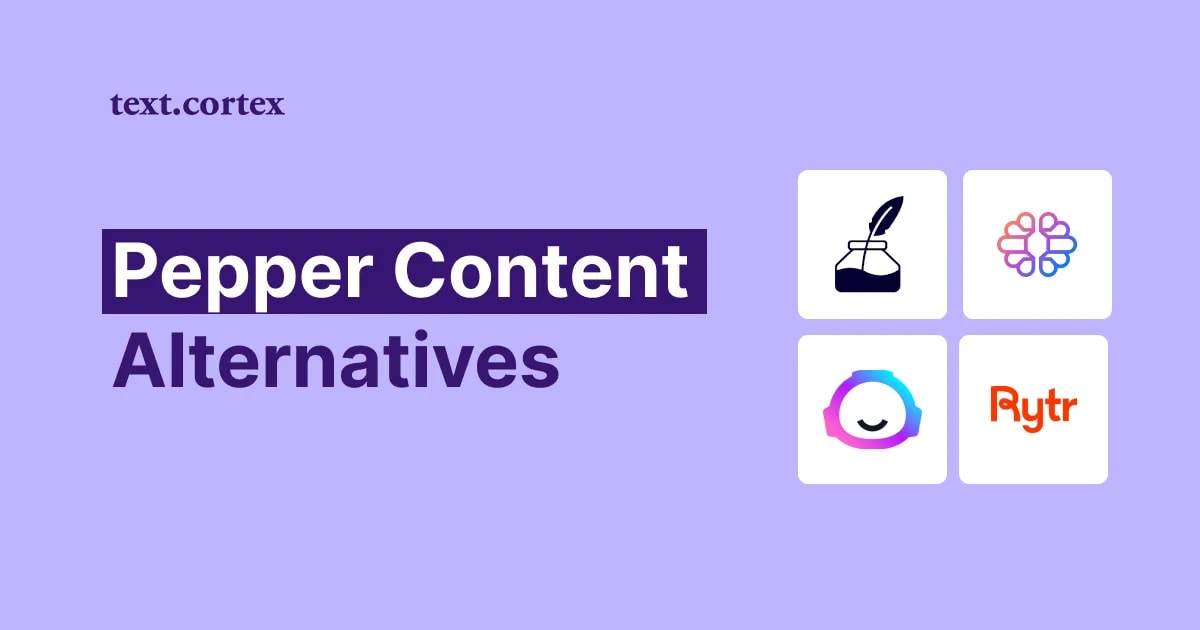

%20(51).png)

%20(50).png)